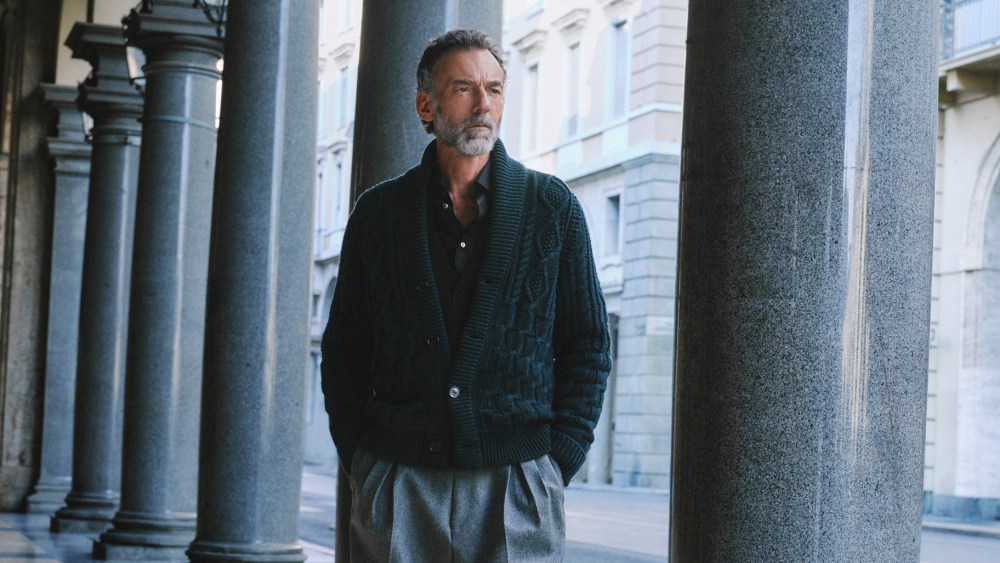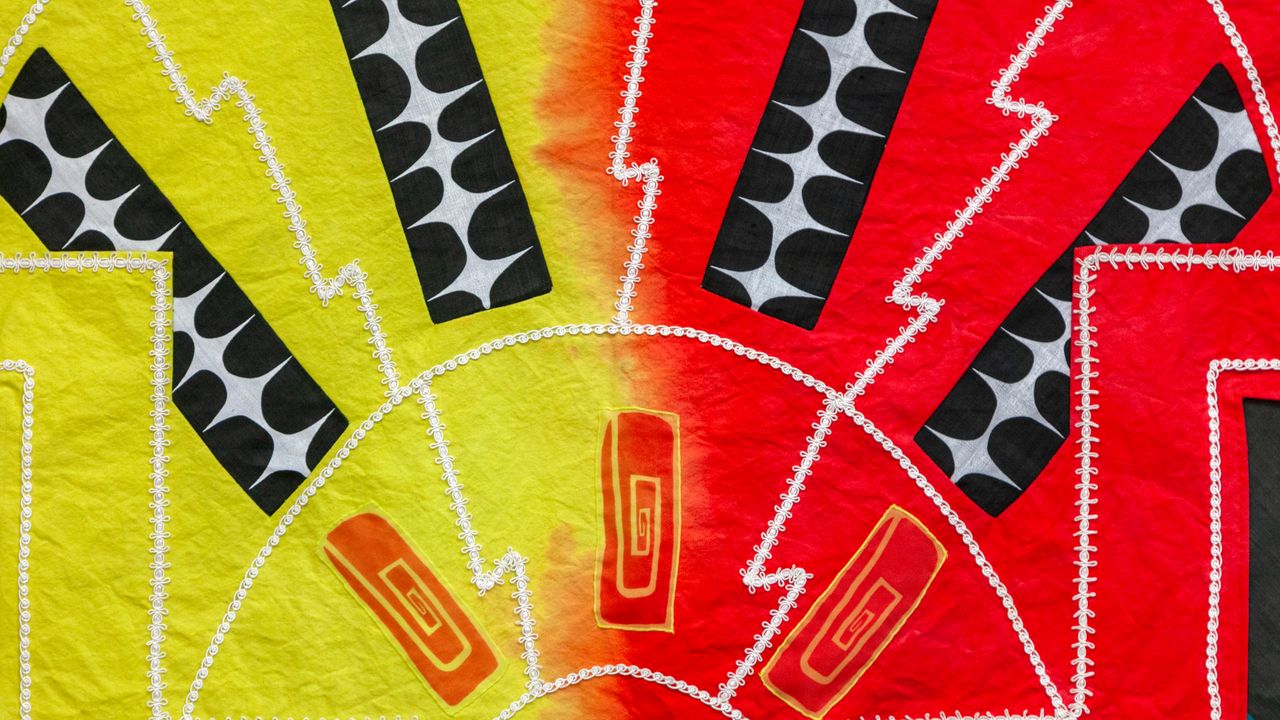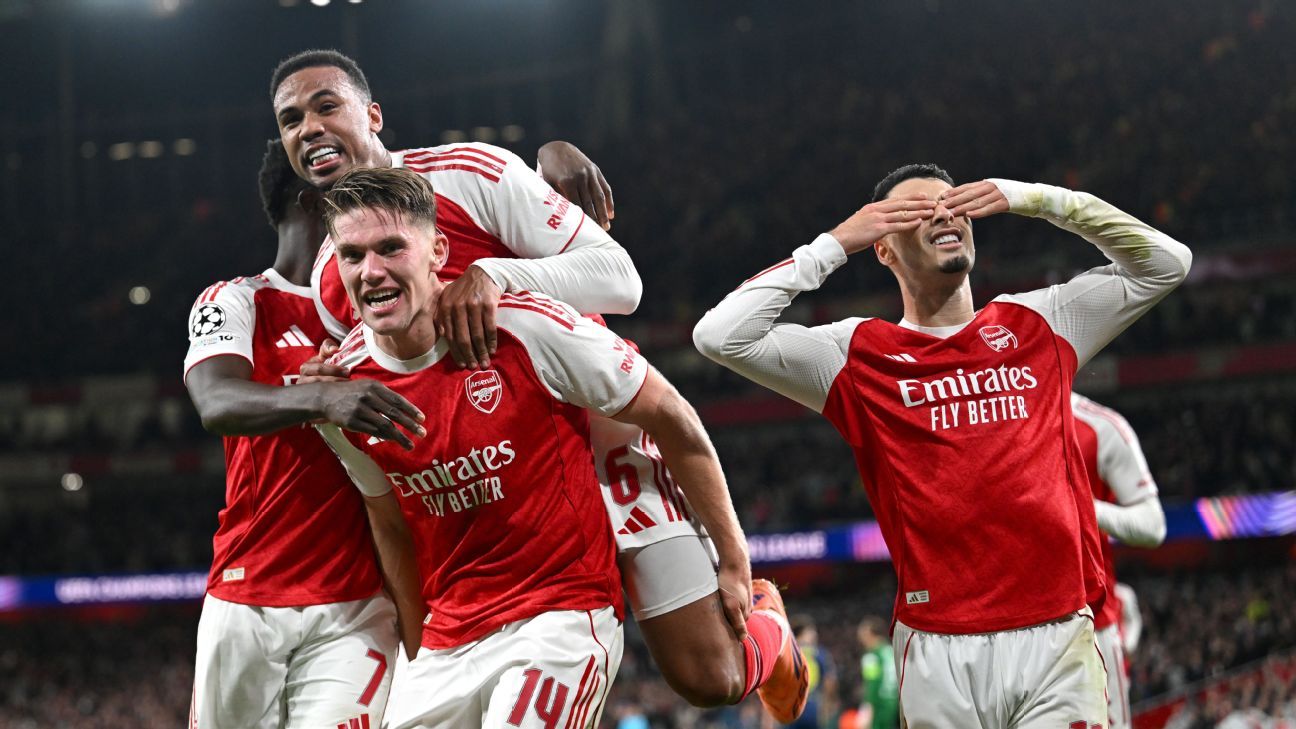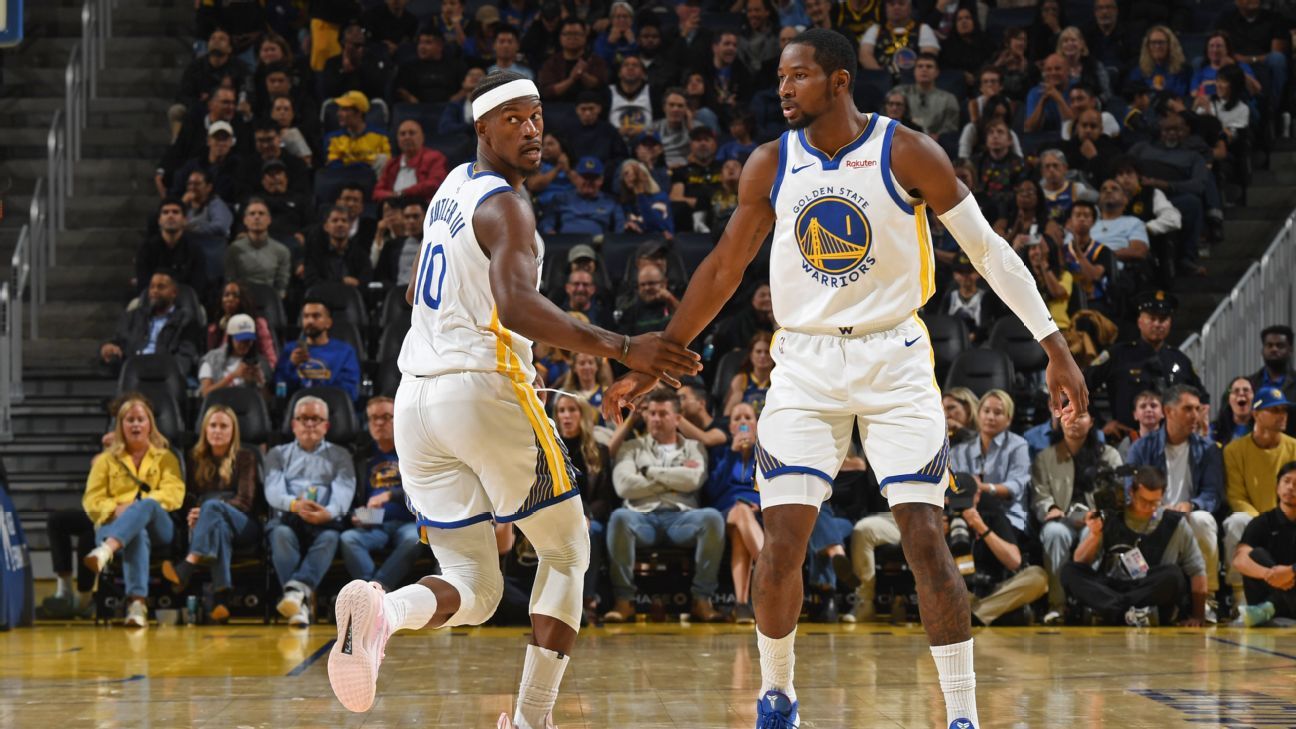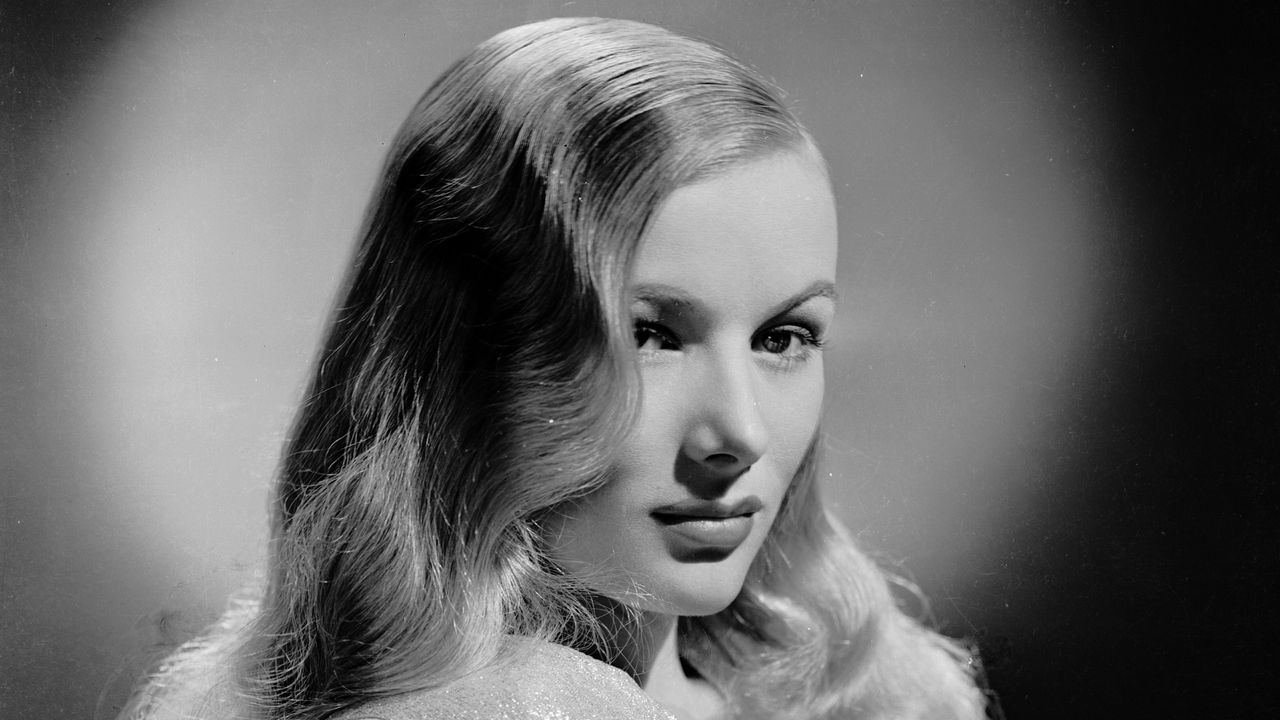
In the 1920s, you had Josephine Baker’s signature finger wave. In the 1930s, it was Jean Harlow’s platinum blonde sculpted set and Anna May Wong’s sleek bob with blunt bangs. The 1940s had Veronica Lake with her long curls and Rita Hayworth’s brushed-out waves with a deep side part. And how could we forget about Grace Kelly, Vivien Leigh, Lauren Bacall, and Marilyn Monroe, forever referenced in beauty still to this day? Ahead of Vogue World Hollywood, happening this Sunday, we’re exploring the Old Hollywood Glamour look.
The Start of Hollywood Glamour
It wasn’t always called “Old Hollywood Glamour”—once upon a time, it was just the trending beauty look. While film started with the silent variety in the 1910s, it wasn’t until the Golden Age of Hollywood (which started in 1927 when sound was first introduced) that true movie stars were born. With so many decades and stars to cover in those years, Rachael Gibson, the writer known as the Hair Historian, says it isn’t really a question of who is to credit for creating such a signature style of Old Hollywood Glamour. Instead, it’s more about pinpointing that common thread that all the different looks represent: “The uniting theme in all of them is elegance,” says Gibson. “[they’re] immaculate.”
The allure of the Old Hollywood Glamour aesthetic is what Gibson calls a “specific vision of femininity” that people are drawn to. Celebrity hairstylist Gregory Russell agrees and calls it a classic look that works anytime and anywhere. “Old Hollywood Glamour hair is one of my favorite styles,” Russell, whose clients include Anya Taylor-Joy, Jennifer Lawrence, and Mia Goth, says. “It’s the timeless, glamorous styles we have seen on Hollywood starlets since Hollywood’s beginning.”
At the time, beauty provided a form of escapism. The 1910s to the 1950s included both World Wars, the Great Depression, and the start of the Civil Rights movement—at times, real life was a stark contrast to the glamour portrayed on screen. Hollywood gave audiences a break from what Gibson says was the “banality of real life” at the time. “That kind of escapism and glamour is such an important part of why we resonate with this trend,” she says. “It kind of harks back to something which is probably made up and not actually how life was for people. If you were a poor woman in America who didn’t have much going on, but you were able to do this look with your hair, that’s going to make you feel good, empowered, and beautiful. So that’s a nice thing.”
#History #Hollywood #Glamour




